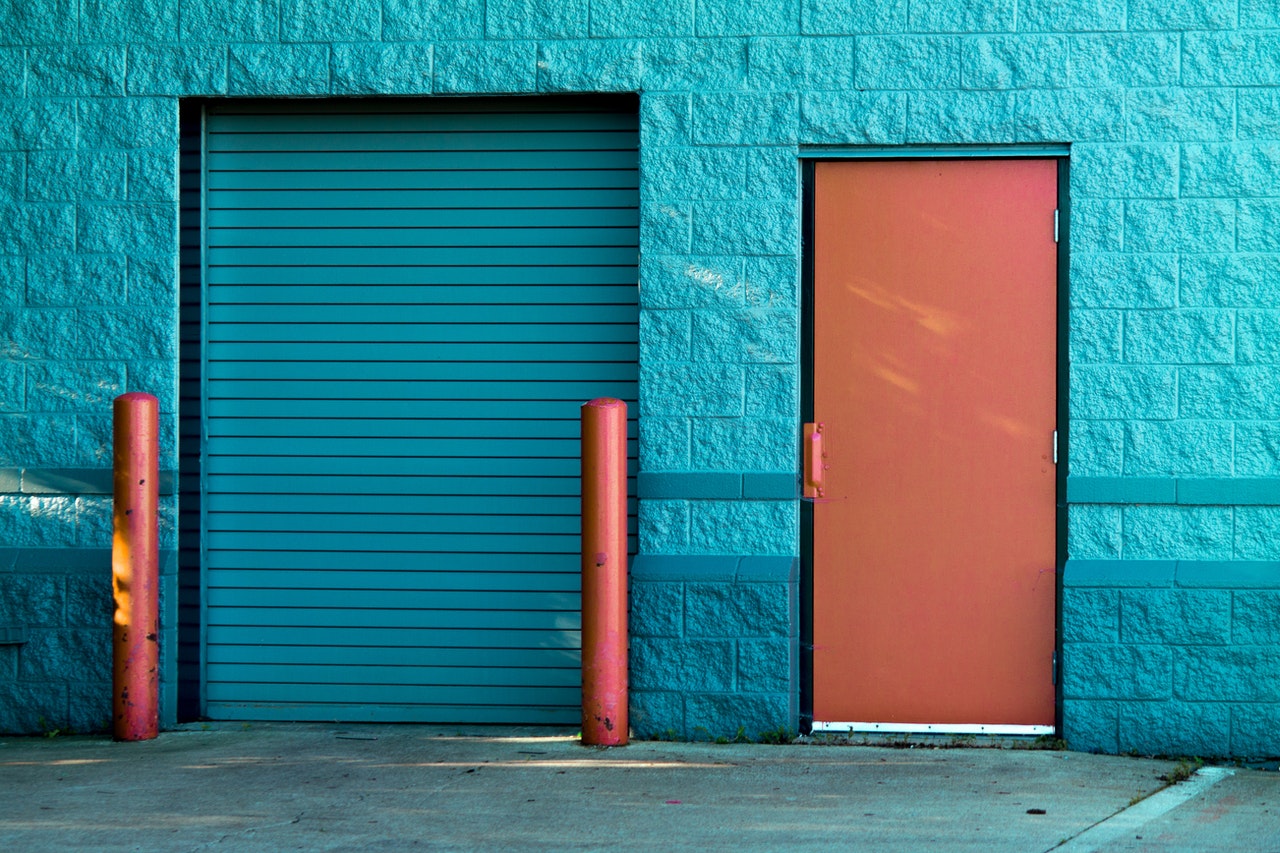The hardiness and durability of concrete make it a choice for outdoor construction, but it does nothing for your home’s appearance. Parging is a building technique that requires some effort and skill, but if you master it, then your cement will start to look like a real stone. It smoothes out uneven texts in the concrete, hides cracks and damage, and can even help make your home more energy-efficient. If you’re planning on parging your walls, here are some of the materials you can use:
What Material is Used for Parging?
There are several materials you can use to parge your walls. The most common are:
Brick Paver
Brick pavers are easy to install and are made of the same material as your home’s exterior. This makes it a natural choice for parging. However, this material is more expensive than other options, and it will take you longer to lay it out.
Sandstone
This material is cheaper than brick pavers, but it also takes more time to install. You’ll need to put a layer of mortar between the sandstone pieces and make sure you rinse it well to remove any sand. Even then, sandstone can crumble if it comes in contact with the concrete.
Cement
This is perhaps the most well-known parging material. It’s easy to install and doesn’t require any mortar. It’s also easy to get and will only take two days to dry. However, cement is porous and can trap heat. So you need to take steps to block the sun from hitting the back of the parging to reduce the heat buildup.
Gypsum
Gypsum is probably the most affordable parging material and can be a good choice for your walls. It’s also very easy to install and requires no foundation. But it needs to be treated with sealants to keep it from disintegrating.
Ready-Mix Parging
Ready-mix parging is a premixed parging material that comes in bags. It is designed to save you time and improve the look of your home. Ready-mix parging is one of the most popular ways to parge concrete because it is affordable, easy to install, and covers large areas quickly.
This material is perfect for repairing concrete because it can seal the surface, doesn’t leach out, and provides a smooth surface. The exterior bonding agent used in the ready-mix parging will only stick to the outside of the wall, so you’ll only need to clean the outside of the surface. The inside of the wall is the only area that needs to be covered with a base coat, and the ready-mix parging will adhere to that as well.
Pouring Parging Material
Flat roofing tar is an inexpensive option that you can pour onto your walls to parge them. You will need to use a base coat to protect the surface from the tar. You can also use a solvent to help the tar stick to your walls. It will take longer to dry, but this method is generally easier to apply than the parging material found in bags.
Limestone
Limestone is a popular material for parging because it is hard and can improve the durability of your walls. However, it is expensive and hard to find. It is also brittle and can easily crack and crumble, so you have to make sure you machine it correctly. It is a good idea to use limestone if you plan on painting your home’s exterior because it can help prevent the paint from chipping.
Conclusion
Parging is a building technique that requires a lot of skill and effort, but it can make your home look like it’s made of stone, which will give it a much more appealing appearance. However, the best parging material to use depends on what you have on hand and which material will be easiest to apply.
When it comes to quality home improvement services, only Gillespie Handyman Services is the name to trust. Whether you need drywall touch-ups, handyman services, or parging repair in Ottawa, our team can do it all. With the level of service we provide, we’ll make sure you’ll fall in love again with your house. Contact us today to get started!

